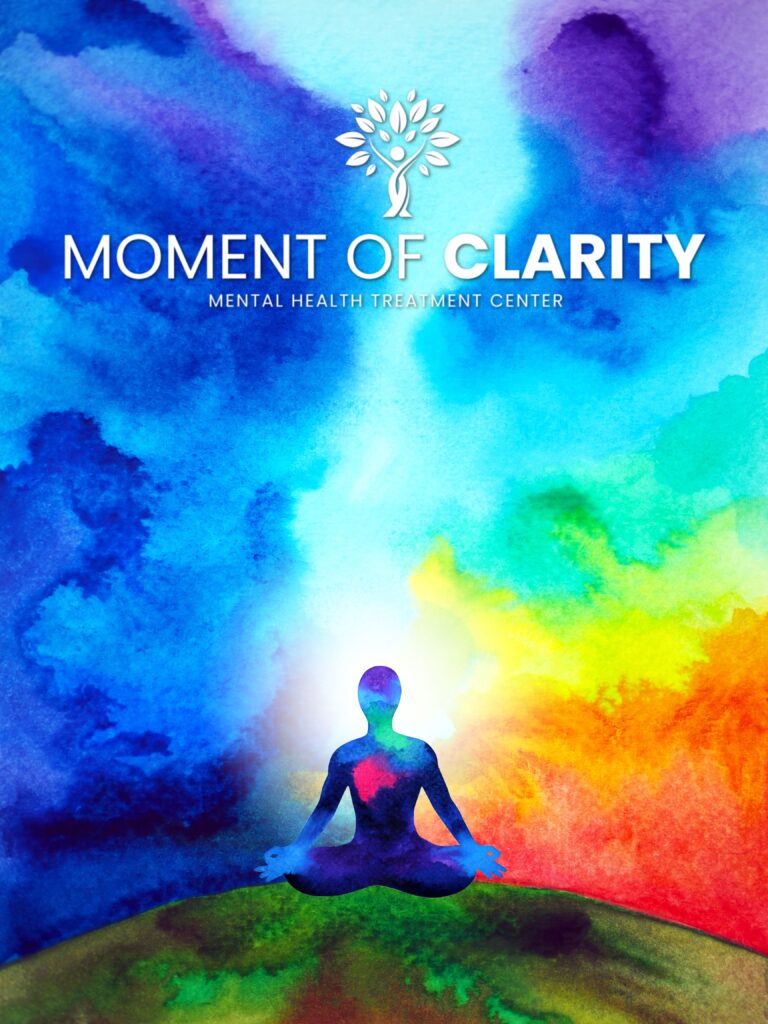A general understanding of depression can help us to answer the question of “what is bipolar disorder?” but to identify bipolar disorder, a deeper and more specialized experience is required. Amongst various types of depression, bipolar disorder is the one that has the most wide-spanning highs and lows. Unlike traditional depression, which is categorized by lows and feelings of worthlessness/hopelessness, bipolar disorder also has episodes of manic highs (or hypomania), where a person has excessive moods of happiness, increased energy, and increased impulsivity. Generally split into the camps of bipolar 1 or bipolar 2, the differences are nuanced, but unlike bipolar 1, bipolar 2 doesn’t have extended periods of episodes that span more than two weeks even though both do have highs (manic episodes) and lows (depressive episodes).
Mental Health Treatment That Works
Understanding Bipolar Disorder
Bipolar disorder is a mental illness that is characterized by a person’s shifts in activity levels, concentration, moods, and energy. It can be difficult to perform everyday tasks because of these constant shifts in state.
The shift between the highs and lows is expansive, and while the highs (up periods) are categorized by an increase in energy, emotions of joy, or irritability, the lows (down periods) are classified by a decrease in energy, feelings of hopelessness, sadness, or indifference. Hypomanic episodes are the periods in between categorized by less severe symptoms. Overall, there are three types of bipolar disorder that all involve mood changes and changes in energy or activity levels. The three bipolar disorders are:
- Bipolar 1 disorder: Hallmarked by a manic episode that lasts for a minimum of 7 days (for all or a majority of the day), is also identified through depressive episodes that usually last for a minimum of 2 weeks. A mix of both is a possibility and if you are alternating between a mix of depressive symptoms and manic symptoms, then you would most likely be exhibiting signs of what is known as “rapid cycling.” The defining characteristic of Rapid Cycling would be four or more episodes of depression or mania within a one-year period.
- Bipolar 2 disorder: With hypomanic episodes that are less severe than they are in bipolar 1 disorder (where they’re full-blown manic episodes), bipolar 2 disorder is characterized by a pattern of depressive episodes and mild hypomanic episodes.
- Cyclothymic disorder: Unlike what is seen with bipolar 1 and bipolar 2, cyclothymic disorder never reaches the intensity or long-lasting duration needed for recurrent depressive symptoms to be classified as legitimate hypomanic or depressive episodes.

Symptoms of Bipolar Disorder
Bipolar disorder, while it can have episodes of depressive lows, is categorized by the mood swings between depressive lows and manic highs. The highs materialize as manic episodes, the lows as depressive episodes, and the in-between states where a patient is swinging back and forth between the two can be known as mixed episodes.
The two main elements of bipolar disorder, manic episodes (highs) and depressive episodes (lows), come with recognizable symptoms.
Some common symptoms of manic episodes in bipolar disorder are:
- Making grand and unattainable plans.
- Rapid speech and racing thoughts.
- Sudden changes in mood, from joyful to hostile and angry.
- Feeling you’re unusually talented or powerful.
Some common symptoms of depressive episodes in bipolar disorders are:
- Low energy, fatigue, and a lack of motivation.
- Difficulty concentrating or making decisions.
- Suicidal ideation (thoughts of death or suicide).
- An increased need for sleep or insomnia.
Causes and Risk Factors
The question of “what causes bipolar disorder” can sometimes be more important than “what is bipolar disorder.” What causes bipolar disorder can vary, and the root cause hasn’t yet been ironed down. However, some of the causes of Bipolar Disorder are:
- Brains that are structured and wired to function differently than the brains of others. A fundamental difference in neurology at the chemical and neural level.
- Hereditary genetics, since some people carry genes that cause them to be more predisposed to developing Bipolar Disorder during their lifetime.
- Environmental factors such as alcohol, a lack of sleep, stress, or substance abuse.
Diagnosing Bipolar Disorder
Talking with a licensed healthcare provider is the first step to being correctly diagnosed with bipolar disorder, just like it is with getting any kind of mental health diagnosis. A complete physical exam, as well as any necessary medical assessment tests, are administered at first. Usually, one would be diagnosed based on symptoms, family history, past experiences, and lifetime events. Some of the diagnostic criteria are:
- Bipolar 1: Patient meets criteria for at least one manic episode (which could’ve happened before or after hypomanic or major depressive episodes).
- Bipolar 2: Patient meets criteria for at least one hypomanic episode and a major depressive episode, but no manic episodes.
- Cyclothymic disorder: Patient has hypomanic symptoms that don’t meet the criteria for hypomanic episodes, as well as depressive symptoms that aren’t major depressive episodes, at least half the time for two years or more.
Treatment Options for Bipolar Disorder
Options for bipolar disorder treatment include:
- Habits of exercise, yoga, or meditation.
- Psychotherapy (talk therapy).
- Medications.
- Electroconvulsive therapy (ECT) in cases that are unresponsive to other options.
Living with Bipolar Disorder
Despite its challenges, one can live with bipolar disorder in a way that is easier by doing some of the following things:
- Developing a treatment plan with a licensed healthcare professional and consistently maintaining the treatment.
- Structuring one’s activities so that a routine for exercising, sleeping, and eating is maintained in the long term.
- Regular vigorous physical exercise, such as swimming or jogging, is especially beneficial. It can alleviate symptoms of depression, stress, and anxiety and contribute to good brain and heart health.
- Establishing a support network of friends and family helps maintain an established treatment plan.
- Tracking mood swings to then be better able to recognize them more quickly.
Ongoing, long-term treatment can help you to control symptoms and enable you to live a healthy life.
Myths and Misconceptions About Bipolar Disorder
Some common misunderstandings or myths about bipolar disorder in answering the question of “what is bipolar disorder” properly are that it is rare (when 2.8% of U.S. adults have it), that people with this disorder are just being moody (when peaks and valleys that are known as the highs and lows of the condition are very different from just your everyday level of moodiness and can cause severe changes to sleep patterns, energy levels, and everyday activities or tasks), that medications can just be stopped once bipolar is treated (when this isn’t the case and consulting with a professional before any changes to medication is always a must), or that the mania found in bipolar disorder can be fun energy (when in fact, it can lead to irrational decision making or confusion, and is often present right on the heels of a depressive episode).
How Moment of Clarity Can Help Treat Bipolar Disorder
With the right treatment in place, those with bipolar disorder can live just as normally as anyone else. Here at Moment of Clarity, we are dedicated to helping individuals with bipolar disorder. Our team of mental health professionals is committed to ensuring our patients get the quality care and support they need.
At Moment of Clarity, our team of qualified treatment and mental health professionals have proven experience treating bipolar disorder. It must be treated through quality care and a well-rounded treatment experience. We offer all of our patients outpatient mental health treatment in Orange County, including bipolar disorder treatment for San Diego residents.
Our team at our California mental health treatment center can answer any questions you may have about bipolar disorder. If you or a loved one is suffering from a mental health disorder, there is hope. At Moment of Clarity, we are here to help you achieve better mental health. Call us today at 949-625-0564 to learn about our treatment solutions.




